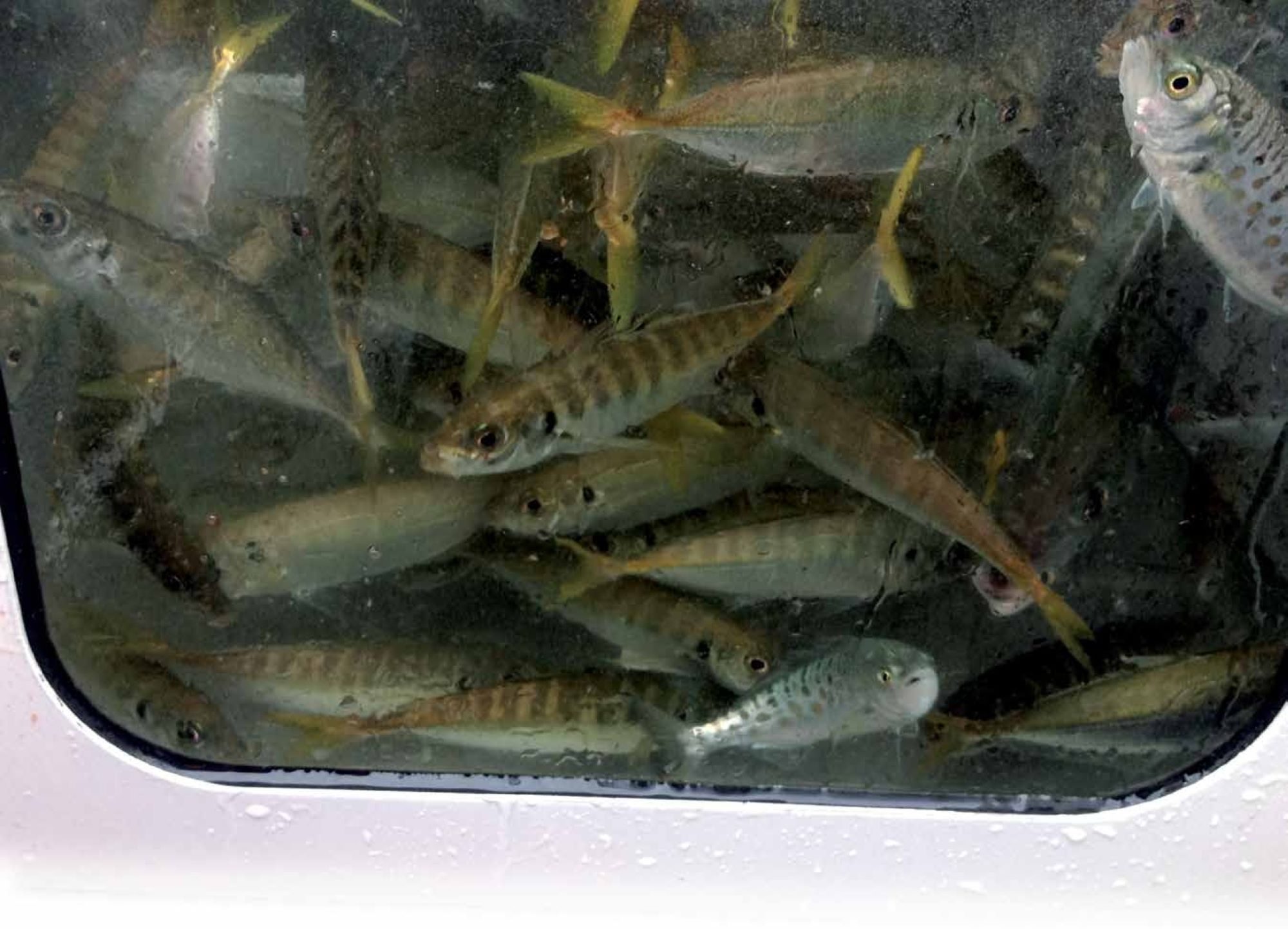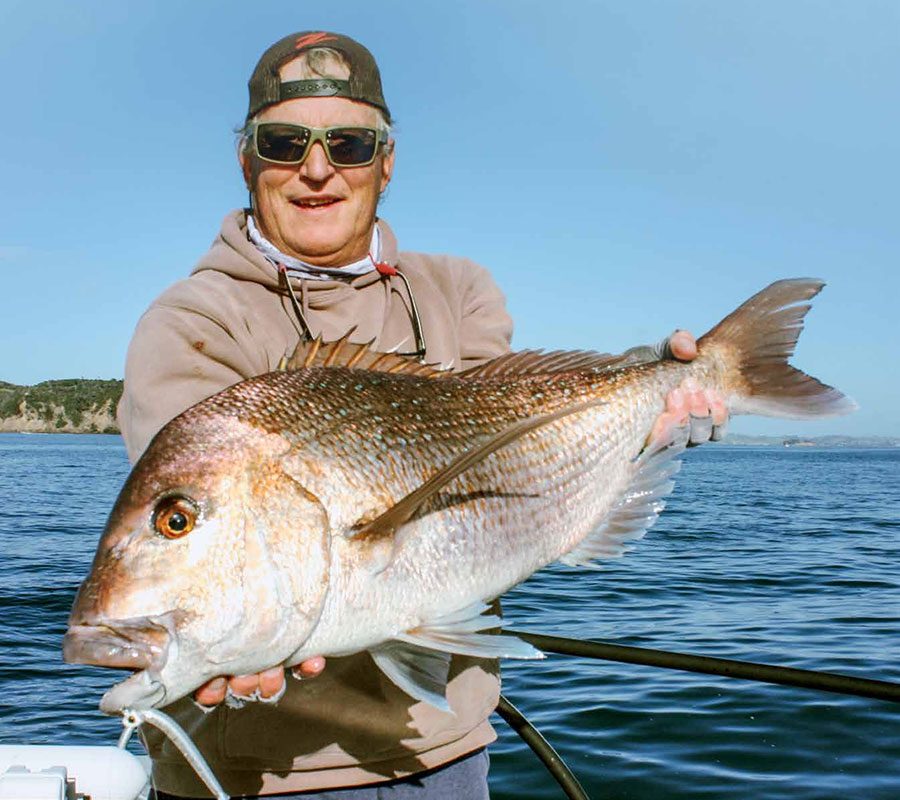

In our fast-changing world modern anglers adapt to make fishing trips worthwhile, writes Mark Kitteridge.
Perhaps most critically, the rapidly increasing price of fuel is encouraging many anglers to fish closer to home. Which isn’t necessarily bad. After all, near-shore waters around northern New Zealand host plenty of snapper, especially during the warmer months, although they’re generally not very big, especially around Auckland. Ditto for the kingfish. Then there’s the skyrocketing price of bait and berley. A typical day’s fishing can cost between $100–200 in bait – expensive when compared to a couple of $20–25 slow-jigs or $10–15 worth of soft-baits, which can last more than one trip if you’re lucky. Finally, aging can limit your capabilities physically, both strength and fitness, but rather than fighting this natural progression of life, let’s embrace it!
So how do we make the most of this situation?




• Use 3–4” (7.6–10.2cm) soft-baits on jig-heads armed with 1/0–3/0 hooks for best results; ¼–3/8oz (7g–11g) jig heads (or even lighter) suit depths to 12m, while 1/2oz (14g) heads work well in 10–20m (plus).
• Cast out as far ahead or to the side of the boat as possible (which direction depends on the circumstances), point the rod along the line, then wind winding in any extra slack line while the lure’s descending. Around 90% of the bites occur during the fall, so good contact is vital. Respond to any unusual line movements – jerks, jiggles, slackening or acceleration – with a fast wind of the handle rather than striking. This commits fish into hanging onto the ‘bait harder, or else biting again if they’ve already spit the lure out.
• The application of a scent additive attracts more aggressive strikes and encourages fish to hang on to lures for longer, making hook-ups more likely.around likely looking areas at 2–3 knots. Don’t use a rod holder but instead hold the rod and work it so the lure pulses forward and drops back. It can work extremely well at times!




